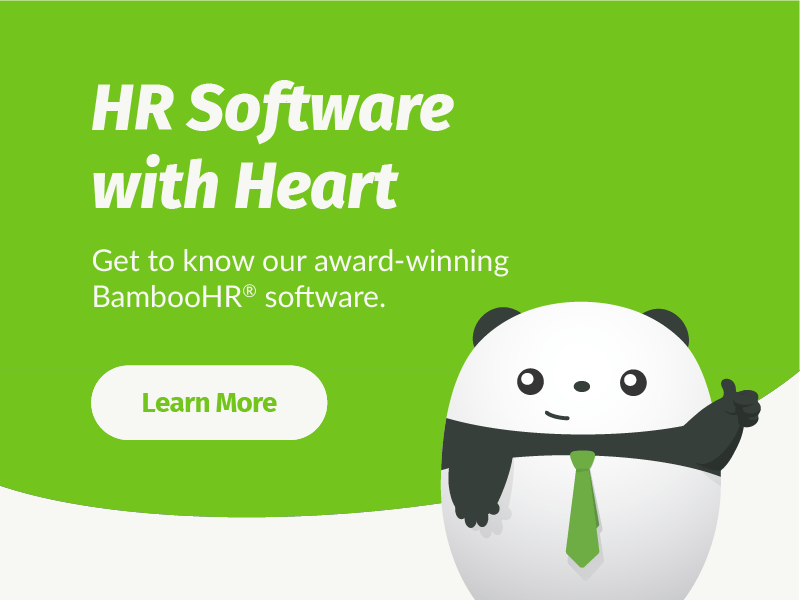What Post COVID-19 Will Mean for HR Departments
Over the past few months, many organizations have transitioned to a fully remote workforce, weddings and graduations have been canceled, and destination vacations have been put on indefinite hold. We’re all starting to feel desperate for normalcy again, but what normalcy looks like post COVID-19 isn’t completely clear yet. Across the United States, numbers of new coronavirus cases are varied; some states are seeing a drop-off while others are starting to experience a rebound as they make attempts to reopen.
When you are still in the middle of something, it’s hard to know exactly how it will end. While that might make watching a thriller exciting, it makes wondering what life will look like after COVID-19 (and wondering when “after” will even arrive) increasingly stressful. While this isn’t the world’s, or even our nation’s first pandemic, it’s not easy to say how business operations will be different post COVID-19 and, more specifically, how business will be different for HR departments. Looking at some of the changes now can help form predictions for what “normal life” will be like when employees are able to return to offices and business can operate as usual.
More Remote Work
At the beginning of the pandemic, many offices transitioned as quickly as possible to being fully remote. Even now, as many states are opening back up, businesses continue to encourage working from home where feasible. A study from Zapier reports that over half of U.S. employees are working remotely, and a lot of people are finding they really enjoy working from home. The same study found that 80 percent of people said they could better manage coworker interruptions from home and 65 percent feel like their productivity has increased.
But that’s not to say there aren’t many people who miss the routine of going into the office or getting to interact with coworkers face to face. In-office work isn’t going to disappear, but now that employers have seen that workers can be just as productive from home and some employees have found they prefer the solitude of a home office, more companies are going to offer remote work options. In addition, with many companies taking a financial hit after COVID-19, cutting back on the amount of expensive office space needed will be an easy way to reduce costs.
Increased Wellness Programs
COVID-19 has taken a heavy mental, physical, and financial toll on many people. When we all finally emerge from quarantine, employees may need help getting back on track and destressing. A study from Mercer found that 19 percent of companies are planning on offering increased financial wellness support and 24 percent are planning to expand their mental health support (Employee Assistance Programs or additional programs). Providing your employees with these valuable resources post COVID-19 can help them and your company get back on track and back to normal.
Adjusted Sick Leave
With a new emphasis on staying healthy and everyone feeling a bit germaphobic, many companies may choose to adjust their sick-leave policies. This could mean allowing for more sick days so employees don’t feel the need to come to work if they’re unsure about their health. Or it might mean encouraging employees to perform a symptom check every morning and to work from home if they show any signs of illness, even if they are feeling well enough to work. Whether or not working from home is possible, it seems likely that most employers will require or strongly encourage employees to wear face masks until COVID-19 is completely behind us. If you choose to have employees wear face masks, it will be helpful to provide reusable or disposable masks for your employees.
Greater Emphasis on Company Culture
HR didn’t need COVID-19 to become champions of company culture, but it has helped workers and executives see why having a strong company culture in place is so important as it raises employee engagement and company performance. It’s easier to maintain culture in an office where everyone is surrounded by coworkers setting an example. But with a dispersed workforce, you can’t hide if you have cracks in your culture or if you didn’t have a strong culture in the first place.
Altered Hiring and Budget Plans
In May 2020, the unemployment rate climbed above 13 percent. COVID-19 has had a strong negative impact on the economy, which has meant layoffs and expense cuts for many businesses. HR departments likely entered the start of the year with hiring and budget plans that looked extremely different from what they do now. With fewer funds available for hiring and recruiting, many HR departments will choose to look internally. It’s more cost effective to train a current employee to step into a bigger role than it is to seek out a new hire. Not only will this save on costs for organizations, but offering promotions can help boost employee engagement and morale.
The pandemic has impacted every business in different ways, so it’s impossible to say exactly what post COVID-19 will look like for any one organization, but it is safe to say that things will change. Start planning now for your return to the office and eventual return to normal business to make the transition back a bit more smooth.
Get caught up every month on all things HR. Don't worry, we promise we won't spam you.
Danielle Cronquist is a copywriter for BambooHR. Her six years as a professional writer are supported by a degree in English with a minor in editing. At BambooHR, she focuses on creating content that gives people the tools and knowledge they need to do great work and create great workplaces.










